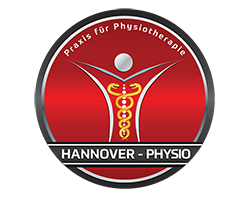Osteopathy to express in a few words is simply impossible. However, you can turn out the essentials.
Basically, there is not the osteopathic fingering technique or osteopathic treatment regimen, which is accessed depending on the clinical picture. Rather, the osteopathic therapist is trained extremely to figure out the “causal cause” a complexe symptomatology.
As a simple example, consider a classic herniated disc. Here a nerve is compressed in the spine by a bulged disc. As a rule, this leads to pain and functional loss in more distant muscles (myotome) and skin areas (dermatome) etc.. With a certain muscle can also be assigned to a particular segment of the spine. In other words, you can quickly narrow down the location on the spine, where the damage has occurred from the aching muscles. Of course, it takes more tests and investigations to confirm the resulting hypothesis.
Unfortunately, the problem identification is not always so easy in all physical (and mental) problems. Pain in the shoulder area, which might, radiate from the liver, which is far from meaning, that each shoulder problem even suggesting a liver damage.
The osteopath now, with a detailed medical history and diagnosis, which includes tests, tries to come to the basic problem. Here, the osteopath served at the School of Medicine (!) Knowledge of physiological, embryological, vegetative, biomechanical and psychological processes in the human body.
Through this crosscurricular knowledge of relationships the therapist is in a position to find not obvious functional limitations and treats. When treating he uses, among other things from the physiotherapeutic repertoire.
Certain treatment methods, such as e.g. manual therapy are even essential components of osteopathy (parietal osteopathy = Manual Therapy)




